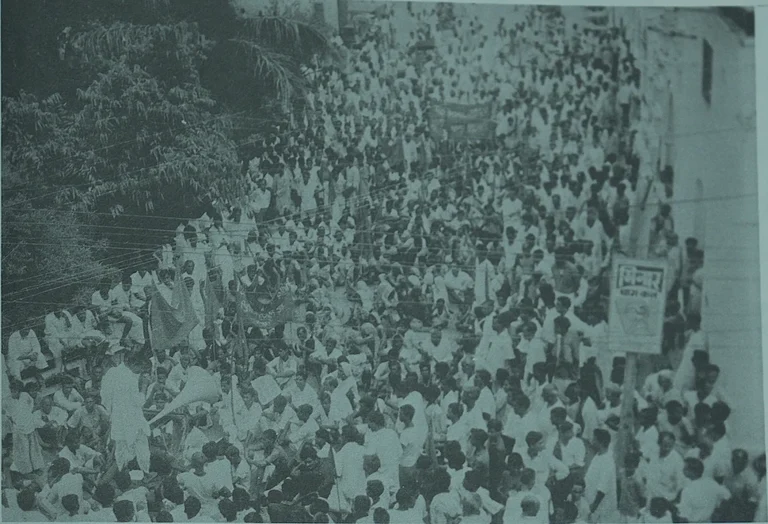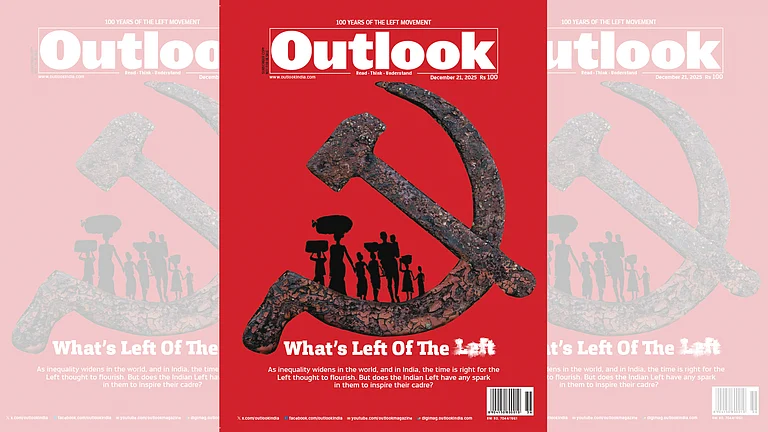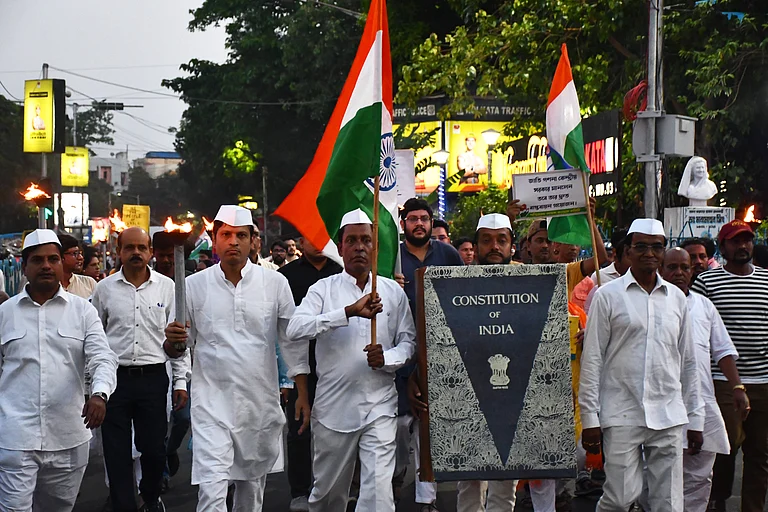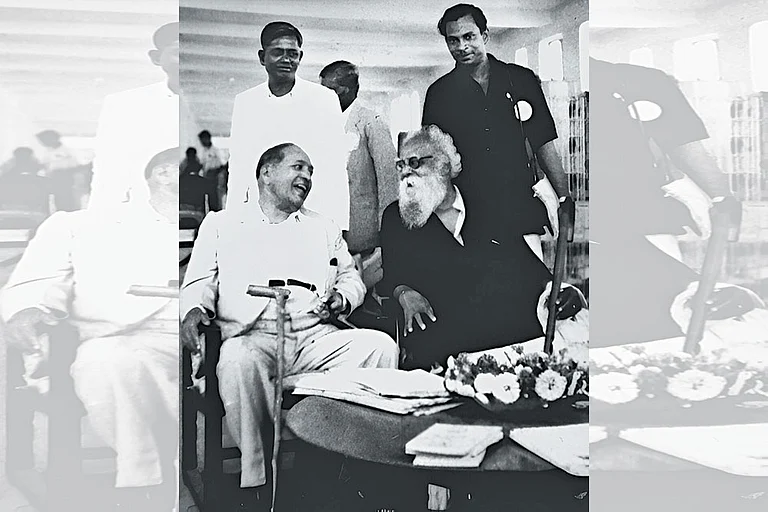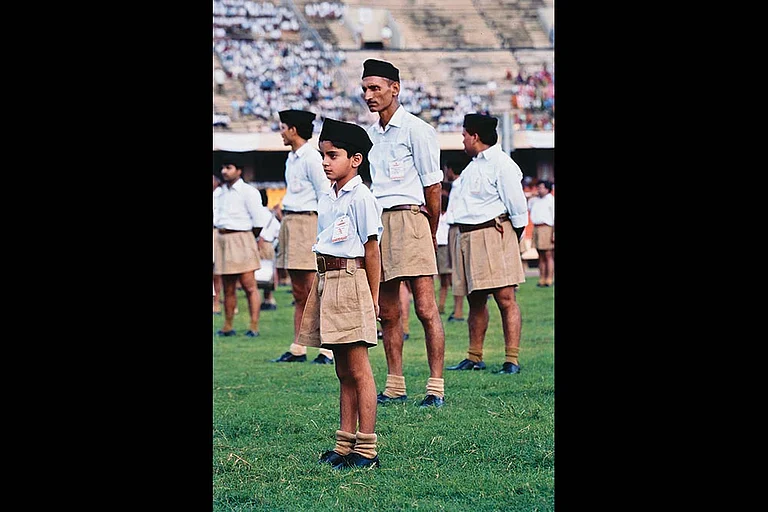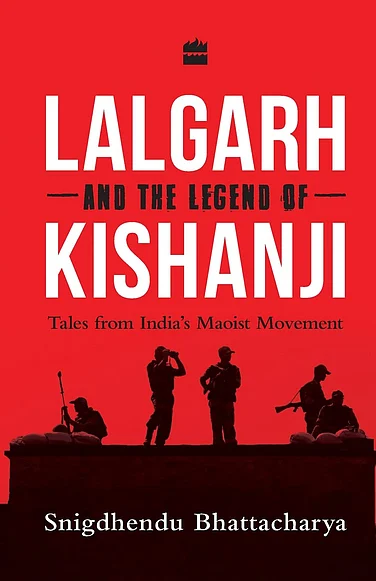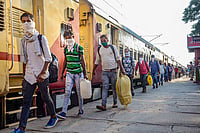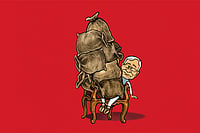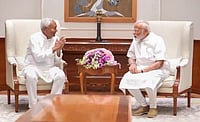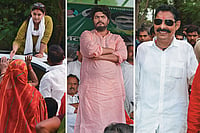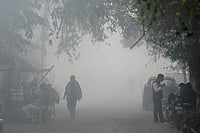
The Rashtriya Swayamsevak Sangh (RSS), the Communist Party of India (CPI) and the Self-Respect Movement were formed in 1925.
While the Self-Respect Movement and Dravidian politics have managed to grow beyond Tamil Nadu, where they were founded, the movement itself is faced with a larger Hindutva movement that has been seeking to unite the lower castes under the Hindu umbrella.
Outlook has decided to bring out an issue on each of these three, the first being the one about RSS at 100 years.
‘Things have a life of their own,’ the gypsy proclaimed with a harsh accent. ‘It’s simply a matter of waking up their souls.’
—Melquíades in One Hundred Years of Solitude
A century is a long time. The year 1925 is an important marker in the history of India. Three institutions were formalised and were announced. The Rashtriya Swayamsevak Sangh (RSS), the Communist Party of India (CPI) and the Self-Respect Movement.
They woke up many souls in different parts and in different ways and as people swore their loyalty to one or the other, the clashes between them became more pronounced and each of these institutions and movements claimed to define India and Indians and each in their own has framed the question of who is an Indian based on their ideas and ideologies. And in that, they have countered solitude like the Left, or encountered resistance like the RSS. Of these, the RSS has not only survived but has grown and with the Bharatiya Janata Party (BJP) in power at the Centre and in several states, the Sangh feels its agenda of making India into a Hindu Rashtra is close to fulfilment. While the Left has survived, there isn’t much left in it to match with the vigour of the Hindutva movement, which adapts itself to keep itself relevant and to spread its reach and influence and impose the Hindu identity on everyone and unite them under that label. While the Left remains an important part of the country’s secular and progressive culture and has been engaged in class struggle in economic, political and ideological forms with its redistributive approach, it has been facing crisis, in terms of how to keep itself relevant in the face of major changes globally and within India, where capitalism challenges its methods and somehow, the Left’s fate has always been intertwined with that of capitalism.
How does one make sense of the three which have shaped the Indian conscience for decades now in their centenary year?
What are their legacies and have they remained at the end of their relative spectrums or have they adjusted and adapted to keep themselves from becoming extinct?
While the Self-Respect Movement and Dravidian politics have managed to grow beyond Tamil Nadu, where they were founded, the movement itself is faced with a larger Hindutva movement that has been seeking to unite the lower castes under the Hindu umbrella.
Is federalism that it has been defending under threat with the delimitation exercise slated to take place after the 2026 Census?
That’s yet another political crisis.
Has the anti-caste thought been able to withstand the growing influence of Hindutva politics? Will it be able to hold its ground? Lastly, what about other religions, including the indigenous faiths that face cultural and other kinds of appropriation?
Again, the question that faces us is: who is an Indian?
These are questions that must be probed and Outlook has decided to bring out an issue on each of these three, the first being the one about RSS at 100 years.
The RSS resolution in 1987 on the Shri Rama Janmabhoomi issue said that the boycott of the Republic Day by Muslims represented their alignment with Babur, an invader, and the demolition of the Babri Masjid and the Ayodhya movement remain the most charged socio-political movements in India after the freedom movement and the RSS cadres were active in it in large numbers.
What souls have been awakened then? And is it now that these have a life of their own?
MORE FROM THIS ISSUE
Who are we then? Hindu, Indian, human?








